Top Tips For A Thriving Greenhouse
Greenhouse gardening is a great way to start growing outdoors earlier in the year, being as it provides a warmer, more humid environment for your seedlings. Whether you are new to gardening and growing your own, or simply want to grow some greenery to add around your home or garden, a greenhouse is a fantastic option. Here are some tips to help you get started and create a thriving greenhouse.
Choose the Right Plants
When selecting plants for your greenhouse, it’s important to consider the amount of light, humidity, and temperature you can provide. Most plants will thrive in a range of temperatures between 18-23°C and relative humidity between 40-60%. If you have a sunny location, you can grow a wide variety of plants such as herbs, succulents, and even small fruit trees. If you have a less sunny location, you may want to consider shade-loving plants like ferns or African violets.
10 Popular Flowers To Grow
- Sweet Peas
- Sunflowers
- Pansies
- Roses
- Lilies
- Poppies
- Marigolds
- Petunias
- Lupins
- Delphiniums
10 Popular Veg To Grow
- Lettuce
- Carrots
- Cauliflower
- Broccoli
- Brussels Sprouts
- Onions
- Garlic
- Potatoes
- Tomatoes
- Cucumbers
Lighting
Greenhouses during the winter months can lack the sun’s natural light, so to ensure your plants receive the light they need, consider adding grow lights to your greenhouse. LED grow lights are a great option as they are energy efficient and provide the spectrum of light that plants need to grow, meaning that you can start them off ahead of their normal recommended germination season.
During the winter months, you may have the complete opposite effect of too much sunlight entering your greenhouse, causing your plants to dry out quickly and the leaves to burn. In this case, you can either use greenhouse shading, which is a net-like material that hangs on the inside roof of your greenhouse to help shade your plants inside or alternatively paint the glass on the outside with a greenhouse shading paint.
Watering
It is important to monitor the moisture levels in your greenhouse, especially during the winter months when the air is dryer. Overwatering is just as bad as underwatering, as it can lead to root rot. Check the soil regularly, and only water when the top inch of soil feels dry to the touch. If you are growing plants in containers, make sure to use a potting mix that retains moisture but also drains well.
Rain water is free, so it’s a great idea if you haven’t already to utilise the guttering on your greenhouses’ roof and divert the water into a water butt or two, which can then be saved up and used to water your plants as and when needed.
Ventilation
Good ventilation is important to help regulate temperature and humidity levels, and prevent diseases. Make sure your greenhouse has proper ventilation, including roof windows or louvre windows that can be opened, or even by simply leaving the door open during hot days to ensure maximise ventilation and to let hot air escape.
Fertiliser
Fertiliser is important to help support plant growth, especially in an indoor environment where they may not receive all the necessary nutrients from the soil contained within their pot or compost bag. A balanced, water-soluble fertiliser such as concentrated seaweed liquid makes a good choice, but also something traditional like ‘blood and bone’ or chicken manure pellets, which are simply sprinkled on the top layer of soil and naturally break down into the soil as they get watered.
Pest Control
Pests can quickly become a problem in a greenhouse environment. To prevent this, keep your greenhouse clean and free of debris, and inspect plants regularly for signs of pests. If you do have a pest problem, try using natural solutions like neem oil or diatomaceous earth before resorting to chemicals.
With these tips, you will be well on your way to creating a thriving indoor garden. Whether you have a large greenhouse or just a sunny windowsill, the joy of growing your own plants is just a few steps away. Happy gardening!
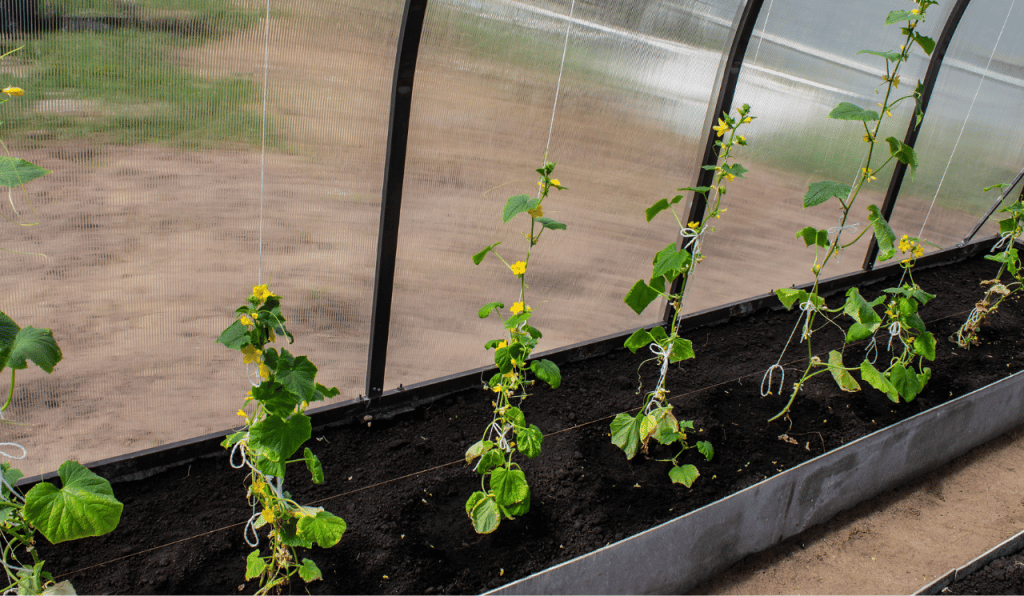

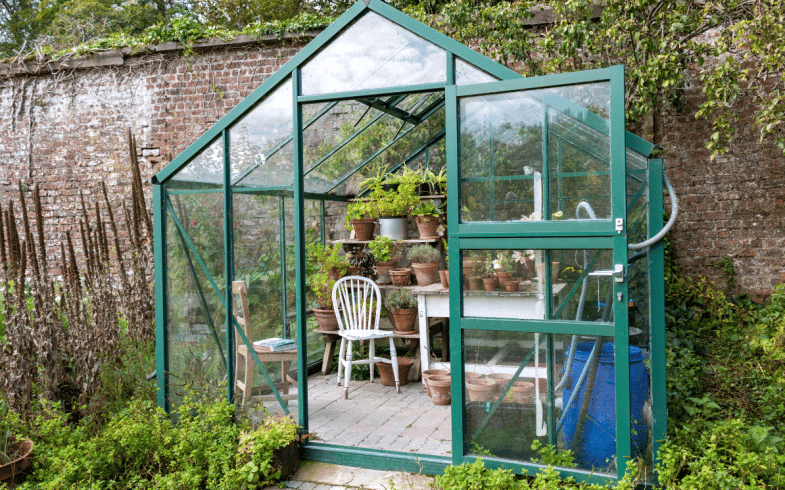
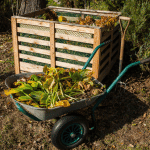
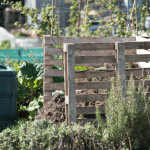
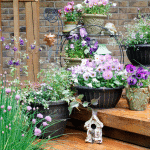
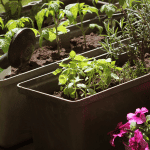







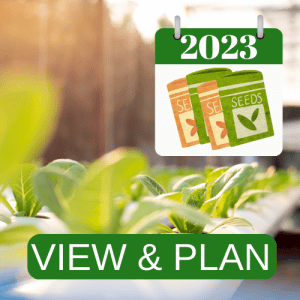

No comments.